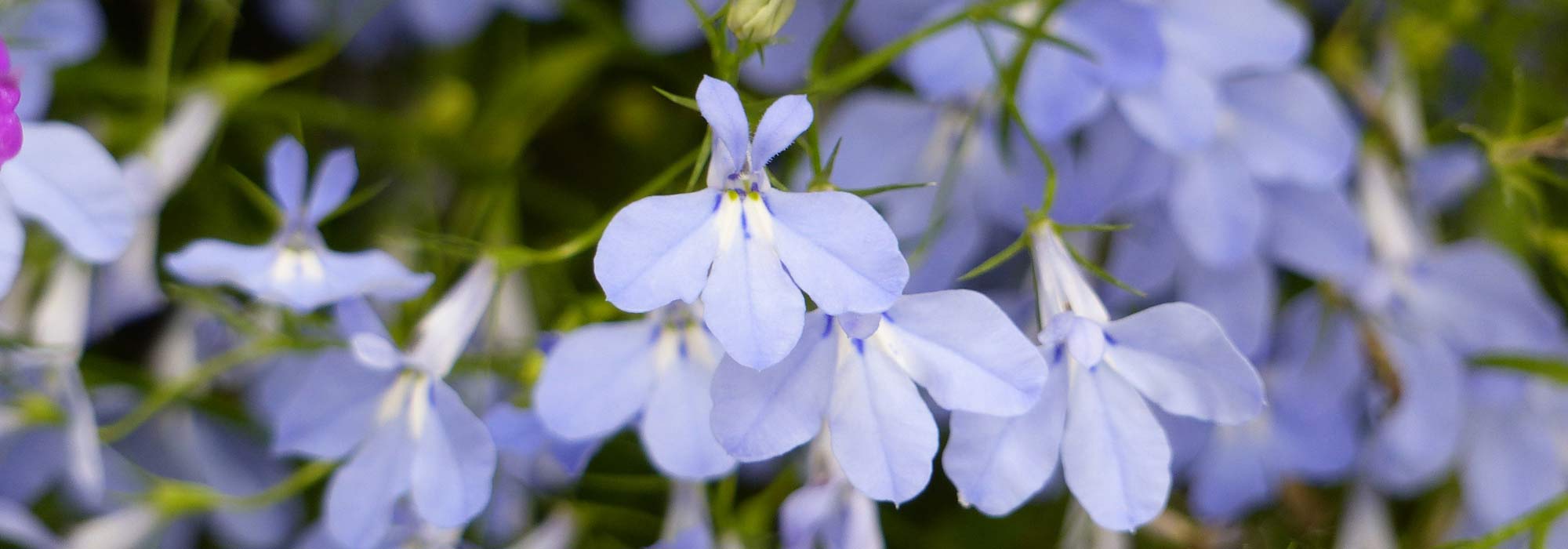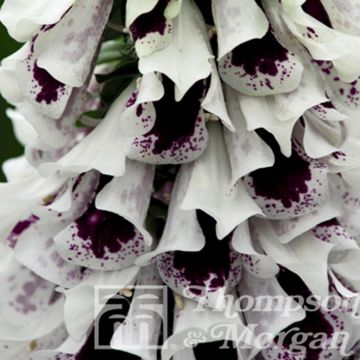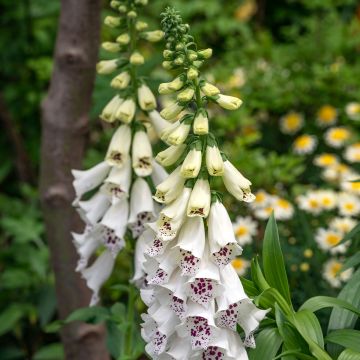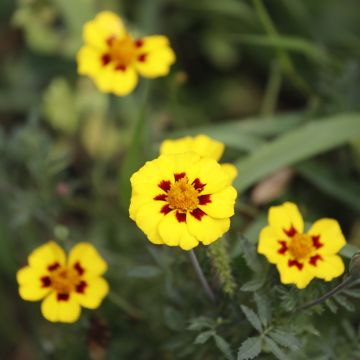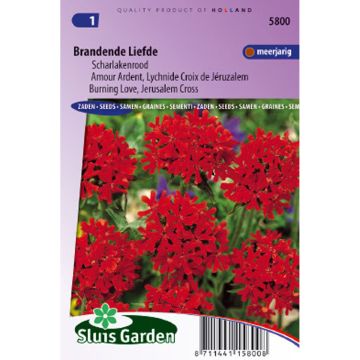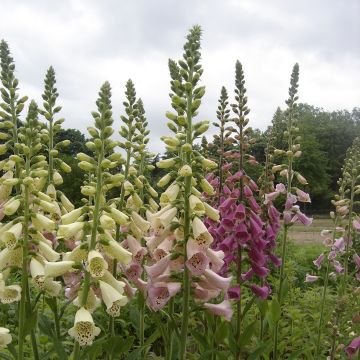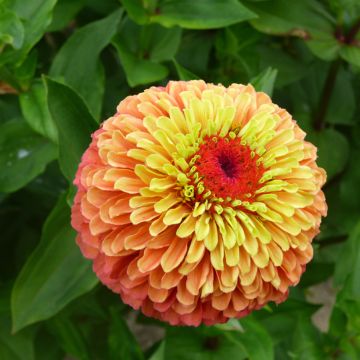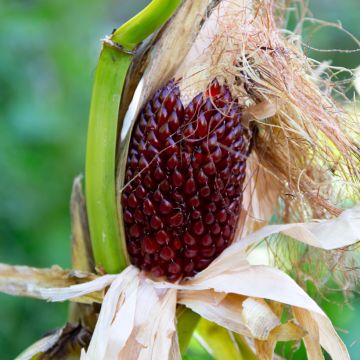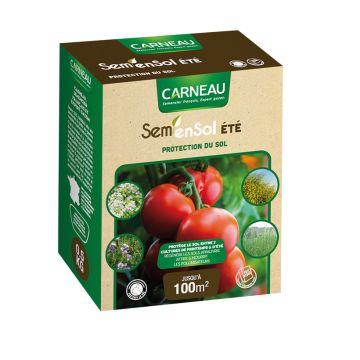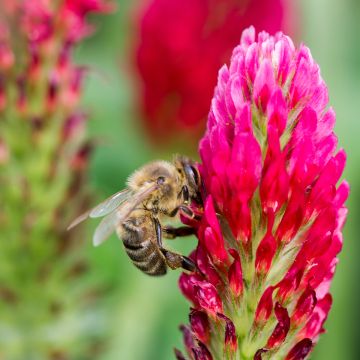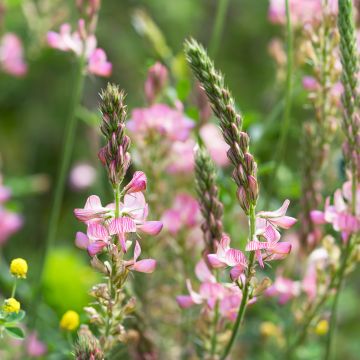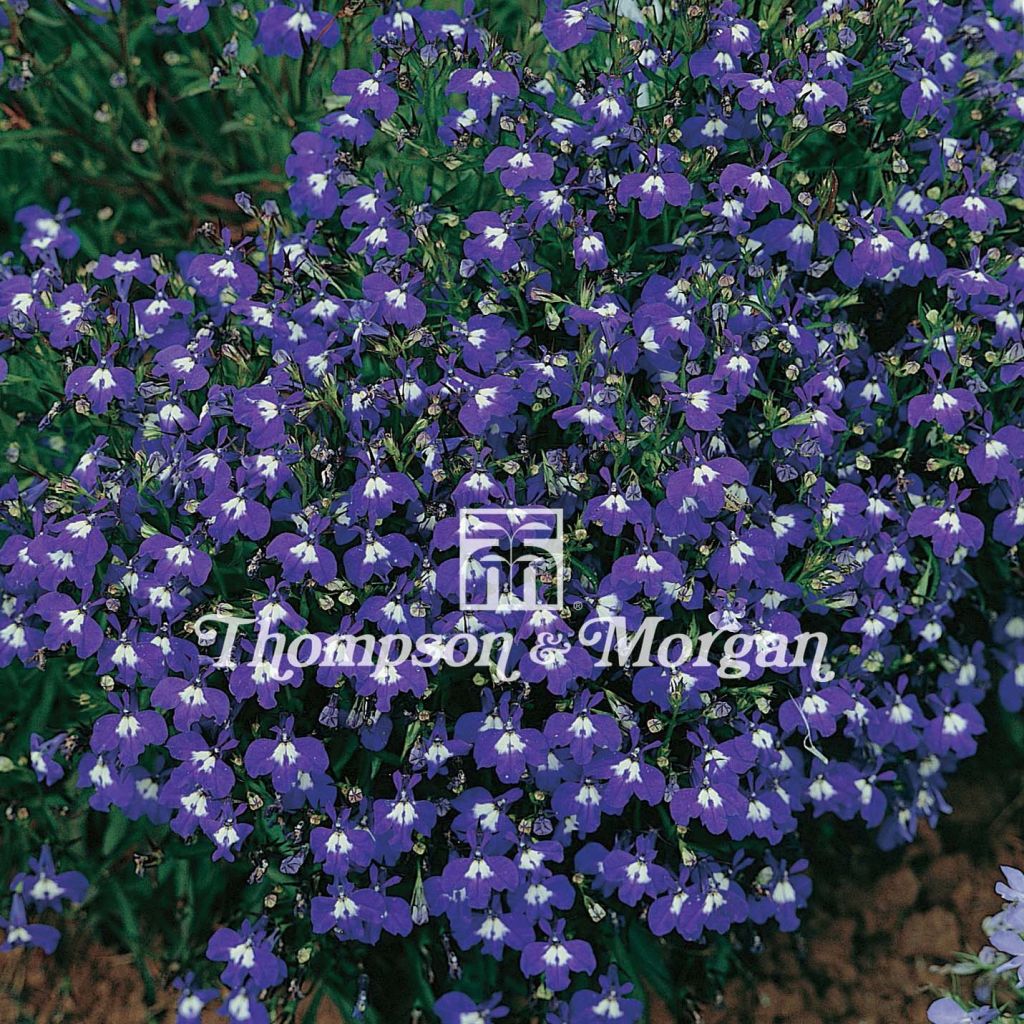

Graines de Lobelia Mrs. Clibran Improved
Lobelia erinus Mrs Clibran - seeds - Trailing Lobelia
Lobelia x erinus Mrs. Clibran Improved
Edging Lobelia, Garden Lobelia, Trailing Lobelia
Special offer!
Receive a €20 voucher for any order over €90 (excluding delivery costs, credit notes, and plastic-free options)!
1- Add your favorite plants to your cart.
2- Once you have reached €90, confirm your order (you can even choose the delivery date!).
3- As soon as your order is shipped, you will receive an email containing your voucher code, valid for 3 months (90 days).
Your voucher is unique and can only be used once, for any order with a minimum value of €20, excluding delivery costs.
Can be combined with other current offers, non-divisible and non-refundable.
Home or relay delivery (depending on size and destination)
Schedule delivery date,
and select date in basket
This plant carries a 6 months recovery warranty
More information
We guarantee the quality of our plants for a full growing cycle, and will replace at our expense any plant that fails to recover under normal climatic and planting conditions.
Would this plant suit my garden?
Set up your Plantfit profile →
Description
Lobelia erinus 'Mrs Cliban' is distinguished by its very contrasting coloured flowers, composed of tiny, deep blue flowers with a small white eye. With its endless, delicate flowering and its compact shape, this annual plant always makes an impression in borders and flower pots where it forms wonderful cushions of an unreal, eye-catching blue. You can also plant this charming lobelia in your flower beds, alongside other annual or perennial plants, preferably in partial shade and in a light soil that will stay moist.
Lobelia erinus 'Mrs Cliban' is a plant of recent horticultural origin from the campanulaceae family. It comes from Lobelia erinus compacta, a South African, tender perennial species, a must-have for container gardening. The numerous highly branched stems of the 'Mrs Cliban' form a small, low and bushy clump, which will not exceed 10-15 cm (4-6in) high with a spread of 20 cm (8in) in one season. Its tiny, evergreen, alternate, oval and slightly crenate leaves, create a beautiful dark green background for the multitude of flowers that bloom for 4 months. The flower spikes bear clusters of flowers as they elongate. Their corollas measure from 0.5 mm (0in) to 2 cm (1in) wide. They are tubular before widely flaring out with a bilateral symmetry. The upper lip is composed of two raised tufts and the lower lip is divided into three larger petals, fused at the base. The throat is a sparkling white, extended by a beautiful equally white spot that contrasts magnificently with the rest of the blue corolla. The flowers are regularly visited by pollinating insects. It is not uncommon for Lobelia erinus to self-seed. The young plants cannot tolerate cold so will need to spend the winter in a bright, frost-free location.
Lobelia 'Mrs Cliban' is perfect for bringing colour and lightness to partially shaded areas of the terrace or garden. It performs well in hanging baskets, pots, borders, and among other bedding plants. It blends in with the pastel shades of pink, mauve, sky blue, or white varieties, also matching the vibrant blooms or multicolored foliage of begonias and the silvery foliage of cineraria maritima. Its exuberant growth will not be overshadowed by more cumbersome neighbours. You can even place it on top of a wall or at the base of your flowering shrubs if you have a small garden. The spectacle of the Lobelia erinus in flower is never tiring, it always surprises. This little plant will surely find a home, near your home.
Attention, these seeds are reserved for experienced gardeners who are used to sowing very fine seeds. These seeds are as fine as dust and barely visible to the naked eye.
Flowering
Foliage
Plant habit
Botanical data
Lobelia
x erinus
Mrs. Clibran Improved
Lobeliaceae
Edging Lobelia, Garden Lobelia, Trailing Lobelia
Cultivar or hybrid
Other Flower seeds A to Z
View all →Planting and care
Sow your Lobelia seeds from March to May in a greenhouse at 18°C (64.4°F) or indoors, 0.1 cm (0in) deep, keeping them slightly moist until the seedlings emerge. It will take an average of 16 days for them to germinate. Then transplant them in May, at least 15 cm (6in) apart. Lobelia erine has a long and generous flowering period from June to October. They thrive in non-scorching sunlight or partial shade, even in shade, in light and humus-bearing soils that are moist and well-drained.
Sowing period
Intended location
Planting & care advice
This item has not been reviewed yet - be the first to leave a review about it.
Similar products
Haven't found what you were looking for?
Hardiness is the lowest winter temperature a plant can endure without suffering serious damage or even dying. However, hardiness is affected by location (a sheltered area, such as a patio), protection (winter cover) and soil type (hardiness is improved by well-drained soil).

Photo Sharing Terms & Conditions
In order to encourage gardeners to interact and share their experiences, Promesse de fleurs offers various media enabling content to be uploaded onto its Site - in particular via the ‘Photo sharing’ module.
The User agrees to refrain from:
- Posting any content that is illegal, prejudicial, insulting, racist, inciteful to hatred, revisionist, contrary to public decency, that infringes on privacy or on the privacy rights of third parties, in particular the publicity rights of persons and goods, intellectual property rights, or the right to privacy.
- Submitting content on behalf of a third party;
- Impersonate the identity of a third party and/or publish any personal information about a third party;
In general, the User undertakes to refrain from any unethical behaviour.
All Content (in particular text, comments, files, images, photos, videos, creative works, etc.), which may be subject to property or intellectual property rights, image or other private rights, shall remain the property of the User, subject to the limited rights granted by the terms of the licence granted by Promesse de fleurs as stated below. Users are at liberty to publish or not to publish such Content on the Site, notably via the ‘Photo Sharing’ facility, and accept that this Content shall be made public and freely accessible, notably on the Internet.
Users further acknowledge, undertake to have ,and guarantee that they hold all necessary rights and permissions to publish such material on the Site, in particular with regard to the legislation in force pertaining to any privacy, property, intellectual property, image, or contractual rights, or rights of any other nature. By publishing such Content on the Site, Users acknowledge accepting full liability as publishers of the Content within the meaning of the law, and grant Promesse de fleurs, free of charge, an inclusive, worldwide licence for the said Content for the entire duration of its publication, including all reproduction, representation, up/downloading, displaying, performing, transmission, and storage rights.
Users also grant permission for their name to be linked to the Content and accept that this link may not always be made available.
By engaging in posting material, Users consent to their Content becoming automatically accessible on the Internet, in particular on other sites and/or blogs and/or web pages of the Promesse de fleurs site, including in particular social pages and the Promesse de fleurs catalogue.
Users may secure the removal of entrusted content free of charge by issuing a simple request via our contact form.
The flowering period indicated on our website applies to countries and regions located in USDA zone 8 (France, the United Kingdom, Ireland, the Netherlands, etc.)
It will vary according to where you live:
- In zones 9 to 10 (Italy, Spain, Greece, etc.), flowering will occur about 2 to 4 weeks earlier.
- In zones 6 to 7 (Germany, Poland, Slovenia, and lower mountainous regions), flowering will be delayed by 2 to 3 weeks.
- In zone 5 (Central Europe, Scandinavia), blooming will be delayed by 3 to 5 weeks.
In temperate climates, pruning of spring-flowering shrubs (forsythia, spireas, etc.) should be done just after flowering.
Pruning of summer-flowering shrubs (Indian Lilac, Perovskia, etc.) can be done in winter or spring.
In cold regions as well as with frost-sensitive plants, avoid pruning too early when severe frosts may still occur.
The planting period indicated on our website applies to countries and regions located in USDA zone 8 (France, United Kingdom, Ireland, Netherlands).
It will vary according to where you live:
- In Mediterranean zones (Marseille, Madrid, Milan, etc.), autumn and winter are the best planting periods.
- In continental zones (Strasbourg, Munich, Vienna, etc.), delay planting by 2 to 3 weeks in spring and bring it forward by 2 to 4 weeks in autumn.
- In mountainous regions (the Alps, Pyrenees, Carpathians, etc.), it is best to plant in late spring (May-June) or late summer (August-September).
The harvesting period indicated on our website applies to countries and regions in USDA zone 8 (France, England, Ireland, the Netherlands).
In colder areas (Scandinavia, Poland, Austria...) fruit and vegetable harvests are likely to be delayed by 3-4 weeks.
In warmer areas (Italy, Spain, Greece, etc.), harvesting will probably take place earlier, depending on weather conditions.
The sowing periods indicated on our website apply to countries and regions within USDA Zone 8 (France, UK, Ireland, Netherlands).
In colder areas (Scandinavia, Poland, Austria...), delay any outdoor sowing by 3-4 weeks, or sow under glass.
In warmer climes (Italy, Spain, Greece, etc.), bring outdoor sowing forward by a few weeks.






























